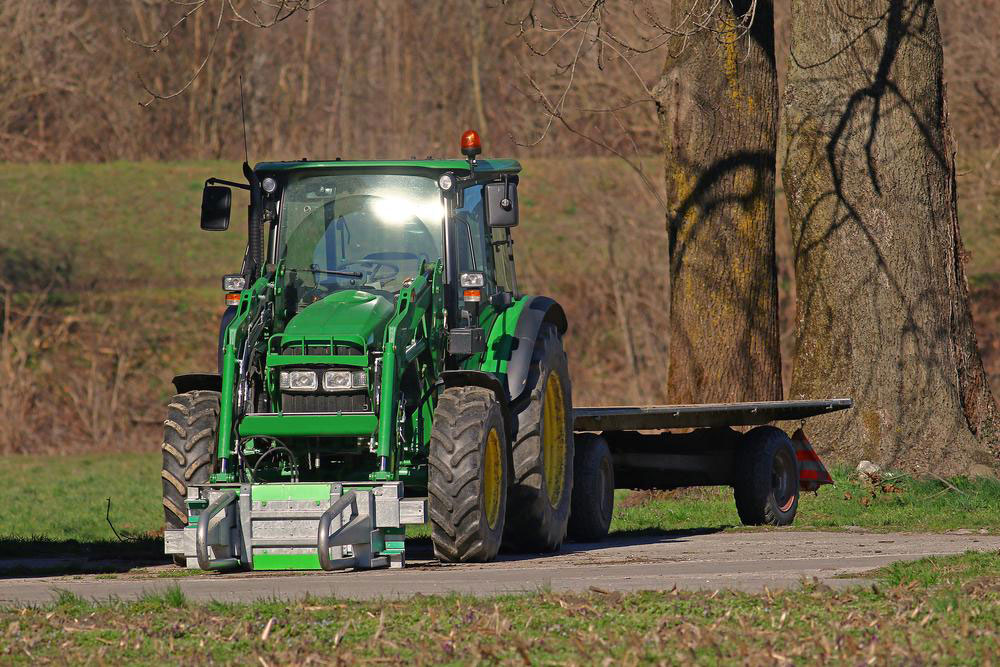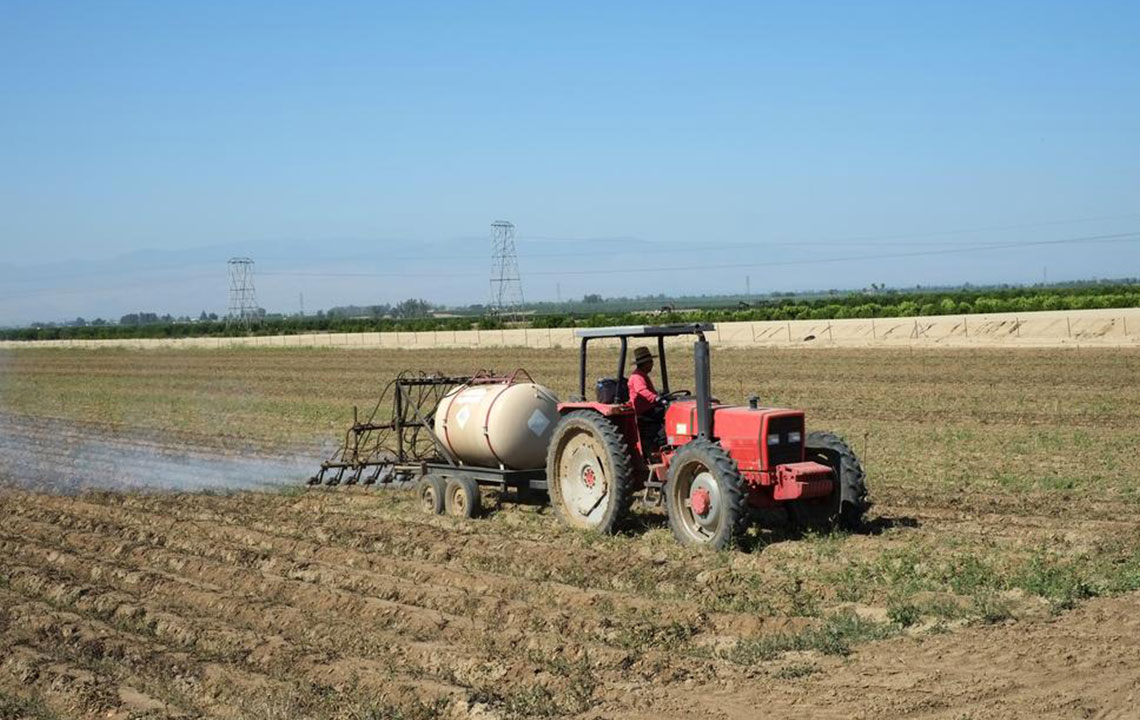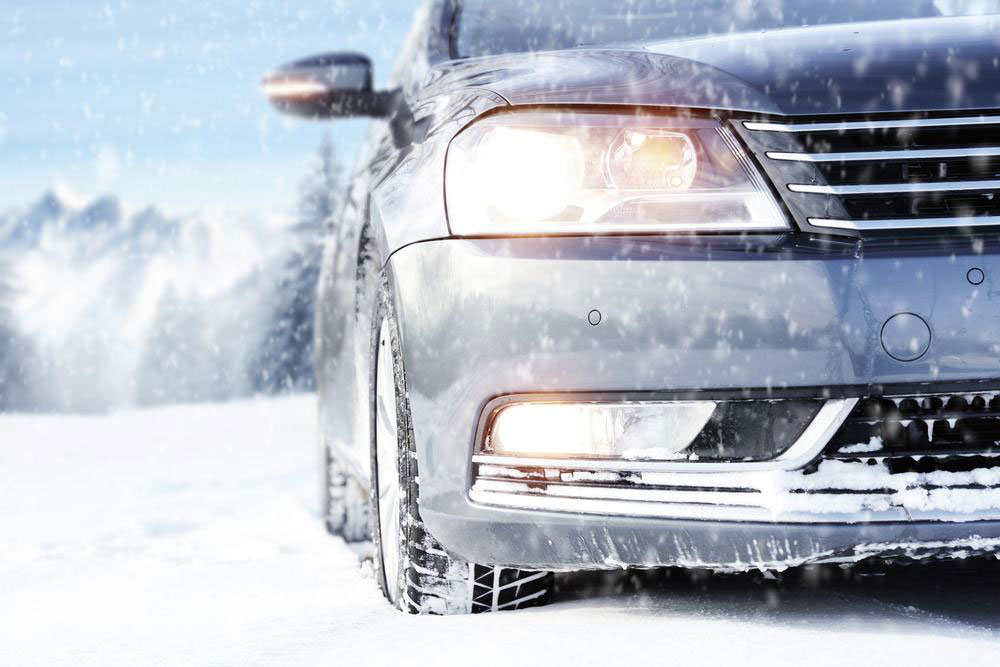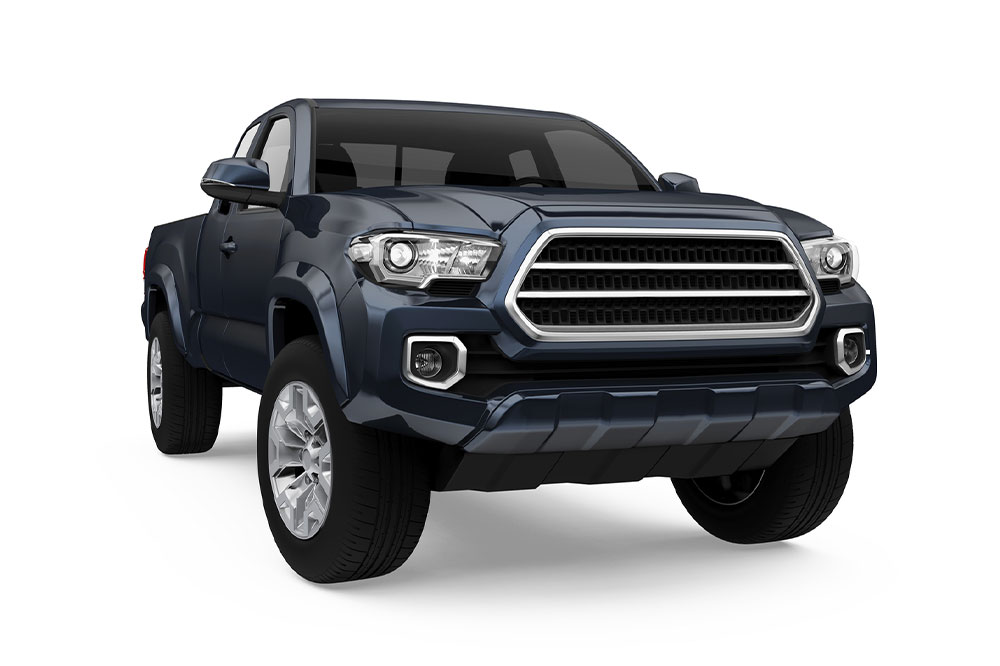Top 7 Strategies to Secure Deals on Bank-Seized Utility Tractors
Discover effective strategies to find and purchase bank-seized utility tractors at competitive prices. This guide emphasizes identifying essential features, exploring nationwide sources like auctions and banks, conducting detailed inspections, and negotiating wisely. Following these tips ensures a smart investment in quality equipment that meets your needs and budget, whether for agricultural work or resale purposes.
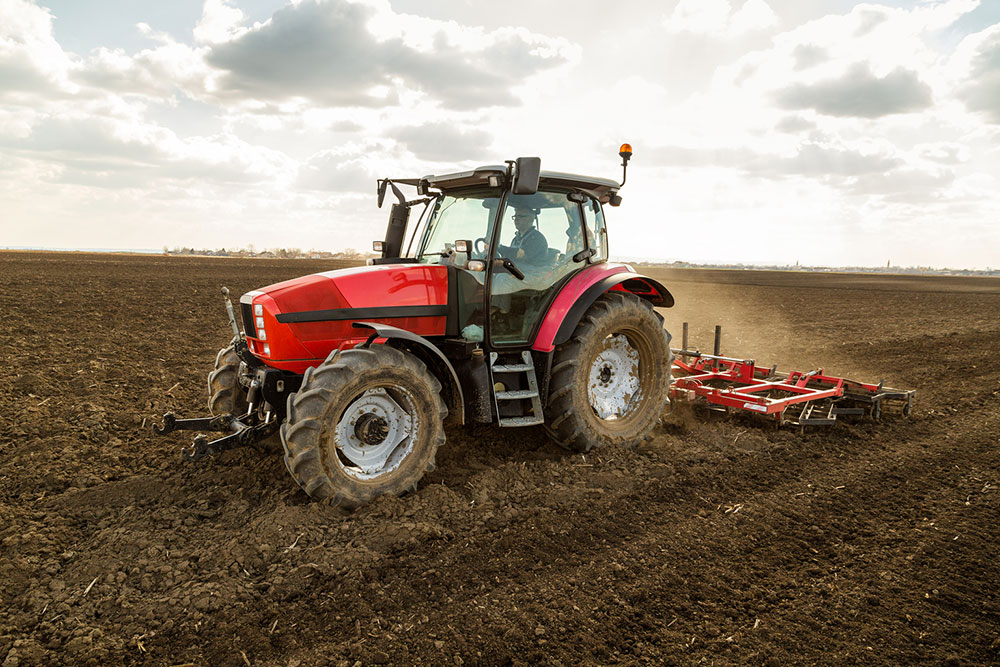
Top 7 Strategies to Secure Deals on Bank-Seized Utility Tractors
Buying a repossessed utility 4WD tractor equipped with a loader can be a smart way to save money. Without proper knowledge, buyers risk overpaying beyond the tractor's real market value. Getting a professional inspection or learning to evaluate the machinery is essential for making a worthwhile investment. Using strategic methods can greatly simplify finding the best deals on bank-seized utility tractors with loaders.
Identify Essential Features
Before searching, clearly define the key features you need in a utility 4WD tractor with a loader. Avoid impulsive purchases based solely on attractive prices; instead, prepare a detailed list including navigation systems, engine power, terrain adaptability, and more.Considering high-end features such as MFWD (mechanical front-wheel drive), advanced electronics, comfortable cabs, various tire options, bucket couplers, and remote hydraulics can increase the tractor's value and functionality. These enhancements are particularly beneficial if heavy-duty work is anticipated or resale is planned, as they help retain higher value over time. Knowing what specifications to prioritize makes it easier to find the best deals and reputable sources for bank-seized utility tractors.
Explore Nationwide Options
Locating the best bank-seized utility 4WD tractors with loaders across the U.S. requires diligent research. Consider the following sources:
Financial institutions and repositories
Identify banks, credit unions, and lenders selling repossessed tractors.
Bank auctions and websites
Many banks list their repossessed equipment online or through auction platforms. Monitor these regularly for opportunities.
Local dealerships
Dealerships sometimes hold information on repossessed assets, acting as intermediaries with banks.
Online auction platforms
Platforms that auction off bank repossessions often offer lower prices, though review all terms carefully before bidding.
Classified listings
Traditional classifieds can also feature repossessed tractor deals from different sources.
Compare Prices Carefully
Bank-owned vehicles often present excellent deals, but it's vital to research current market prices. Spend several months gathering data on typical selling prices using online resources. Comparing asking prices with auction results helps identify fair market value and avoid overpaying.Perform Thorough Inspections
Always inspect a used tractor before purchase. If unsure, hire an experienced mechanic. Key inspection points include engine and transmission health, hydraulic systems, tires and undercarriage condition, electronic controls, and maintenance records.
Engine and transmission
Ensure smooth operation, no leaks, or unusual noises.
Hydraulics and loader
Check for leaks and proper function.
Tires and chassis
Look for wear or damage.
Electronics
Verify all controls operate correctly.
Service history
Request maintenance records for background information.
Test Drive the Equipment
Besides visual inspection, take the tractor for a test drive. Experience how it handles to assess performance firsthand, gaining insight into its operational condition.Negotiate and Secure the Purchase
Repossession sellers, including banks, are often open to negotiations. Present a fair offer, and be prepared to discuss terms. Once agreed, ensure all paperwork, including warranties and title transfer, is complete to avoid future legal or operational issues.

